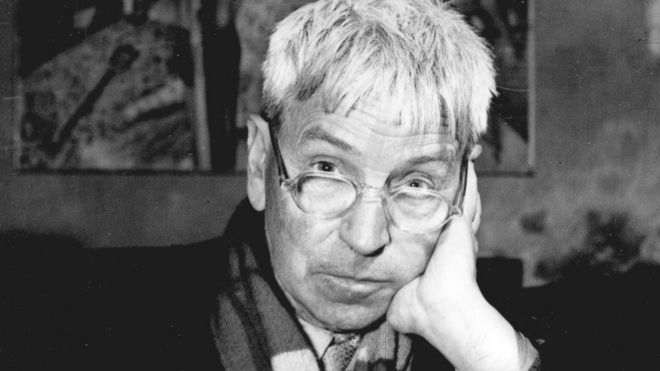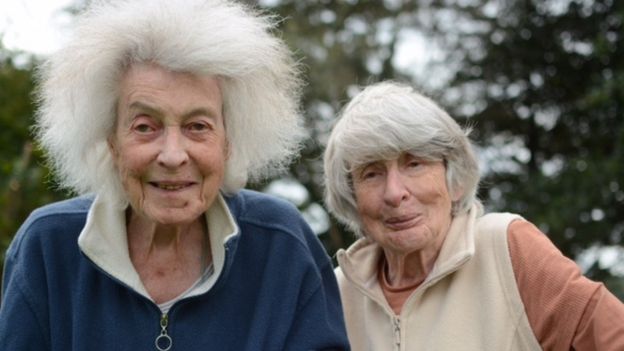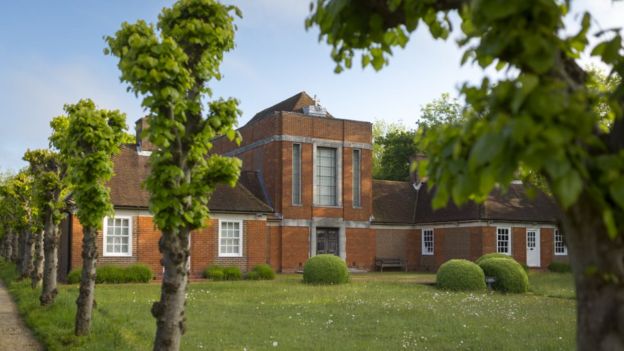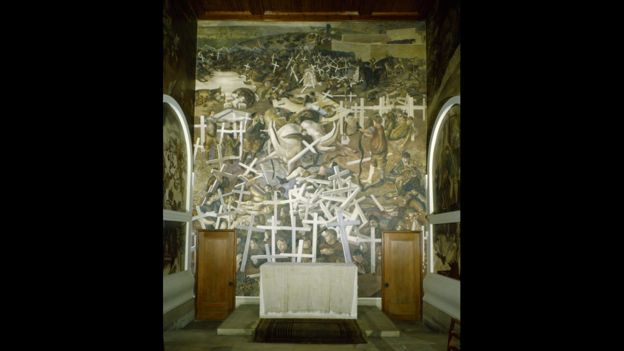Stanley Spencer: Letters and Writings Paperback – March 1, 2001
Stanley Spencer is recognised as a British artist of singular vision, but he was also a prolifc and highly individual writer. In moments between painting, Spencer wrote thousands of letters. He filled notebooks, diaries and scraps of paper, recording his daily thoughts and future plans in a distinctly Spencerian manner. This book brings together for the first time an extensive selection of Spencer's key letters, notes and theoretical writings. Adrian Glew has selected from the wealth of Spencer's unpublished manuscripts in the Tate Archive and includes important sections of Spencer's autobiography which remained unfinished at the time of his death. Spencer always believed that his writings were as important as his paintings, and this volume offers a unique insight into Spencer as writer, thinker and artist.
!!!!!!
The three volumes will be published by the Unicorn Publishing Group. The first, titled Stanley Spencer: Looking to Heaven, focuses on his early years, including his service in the first world war. Having been a hospital orderly, he was a soldier on the Salonika front in Macedonia.
Stanley Spencer: Letters offer a portrait of the artist as a young man
- 1 October 2016
 AP
AP
At 90, Shirin Spencer can still recall her father Stanley painting one of his masterpieces - the World War One murals at the chapel in Burghclere in Hampshire. Now she's looking forward to new light being shed on his war as the family publishes the correspondence of the artist as a young man.
It is 57 years since the painter Sir Stanley Spencer died. Interest in his work and his sometimes tangled private life has, if anything, grown since then.
When he died, his eldest daughter Shirin was already working with a view to publishing his correspondence.
But she did not have the heart to continue, and decades later her nephew John has taken up the job.
There are some five million words to work through. The first of three volumes, covering the early years and a war spent mainly in Macedonia, comes out this autumn.
Shirin says people often know two things about her father - that he grew up in Cookham in Berkshire and that he painted the murals at the Sandham Memorial Chapel.
 JOHN SPENCER
JOHN SPENCER
"My father loved Cookham deeply and people will see that again in the letters," she says.
"Probably he'd barely been further than Maidenhead until he went to the Slade School of Art in London when he was 17."
Towards the end of his life, the BBC filmed Sir Stanley walking around the village looking slightly eccentric with a pram. The image has defined what some people think of him.
Shirin is sitting next to her younger sister Unity. They now live close to one another in Wales, though in separate houses. They are good company but Unity does not hesitate to make clear how much she dislikes talk of their father as an eccentric.
"There were shots of Daddy taking the pram over Cookham Moor with an artist's easel in it, which probably did make him look odd," she says.
"But I don't think he was at all eccentric - he got up and shaved and had his breakfast and got on with his work. The eccentricity was something invented by people who didn't know him at all. In many ways he was a normal bloke."
Around the time of Shirin's birth, Sir Stanley began work on the interior of the new chapel in Hampshire - work which took five years.
 NATIONAL TRUST
NATIONAL TRUST
From the outside, the building is not especially attractive - some said it resembled municipal offices or a biscuit factory.
But Sir Stanley covered the interior with 19 colourful and extraordinary images, inspired both by the great masters of Renaissance painting and by his own war years.
He had spent most of the war in the Royal Army Medical Corps, at home and in the eastern Mediterranean.
The pictures range from the homely to the wildly dramatic.
The dominant central image, over the altar, is The Resurrection of the Soldiers. It shows fallen servicemen after the war, emerging from their graves in Macedonia and sending the white wooden crosses tumbling across the canvas.
In the middle of the picture, two mules lie on the ground. Almost insignificant in the middle distance, Christ looks on.
 BRIDGEMAN IMAGES
BRIDGEMAN IMAGES
Shirin can remember being taken when small to see her father at work at Burghclere.
She was especially fond of the mules then, and today she thinks the Resurrection is the greatest and most inspiring of all her father's pictures.
"The major themes of his life were redemption and resurrection," she says. "So he had everything in his mind before he even started.
"People ask why Christ is such a small figure in The Resurrection of the Soldiers but if you see it in the context of the chapel it all works marvellously.
"Christ is welcoming the soldiers but I think he's doing it almost man to man - he's chatting with them. Our father was interested in ordinary things which to him were almost sacramental - they had a life of their own."
'Happy memories'
Unity says her father thought a lot about religious belief but never had a standard view of Christianity.
"But in the picture there's a lovely line of trees stretching up the hill and an amazing sense of eternity. Daddy thought Jesus was an interesting and a good man - but I don't think he quite knew what he thought about God."
Sir Stanley brought his children to live in Cookham in 1932, but five years after that his marriage to their mother Hilda ended in divorce.
The family broke up and he quickly married Patricia Preece. It was a relationship, apparently unconsummated, which has baffled biographers.
A major film company has approached the family about turning the tale into a biopic.
John Spencer is still studying some of the letters from and to his grandfather in the years when the marriage was under pressure.
They will appear in the second volume he's currently editing, and John says the anger is striking.
 PA
PA
Shirin saw little of her father between the ages of six and 13.
"I wish I had seen more of him but there were happy memories too. I can remember going with him to Odney Common and playing ducks and drakes - skimming stones over the surface of the water.
"And I remember him getting me a scented rush to smell. There were times when he was an ordinary father and a good father."
Unity recalls being upset when she first went to the chapel at Burghclere when she was aged 10 or 11.
"It simply had never occurred to me that he was famous," she says. "But when I saw the chapel I realised he was a public figure and I came away with my head low - I felt I had lost my Daddy."
The three new volumes of correspondence will contain a few images of paintings, but there are previously unseen little sketches which Sir Stanley sometimes drew on his letters.
Shirin says she hopes the books will give people a more accurate picture of her father.
"He had a real interest in people and he was a very kind man. There was a time when Unity and I didn't see him but he was kind. And I hope that people will know that because it's very important."
Stanley Spencer - Looking to Heaven is published in November by the Unicorn Press.
Witness: Stanley Spencer is available on the BBC World Service website.
沒有留言:
張貼留言